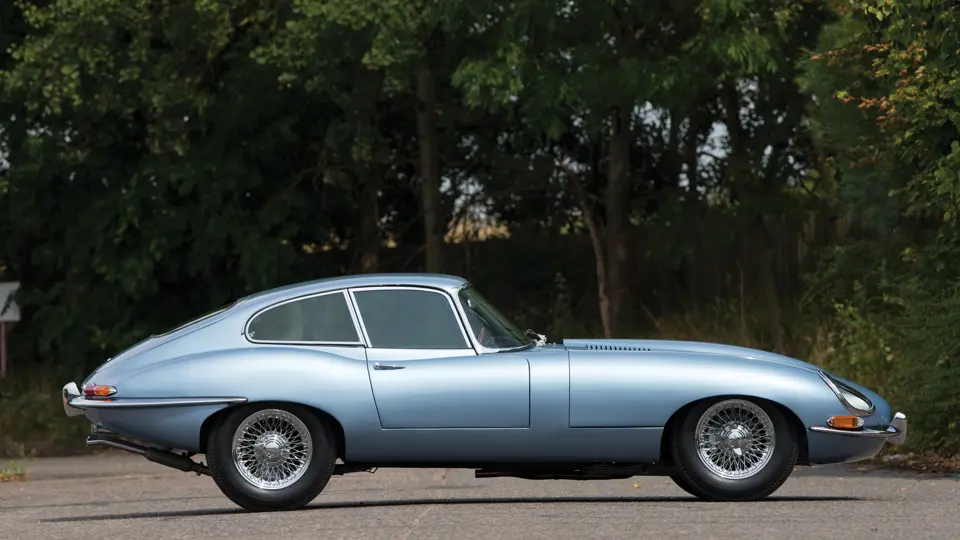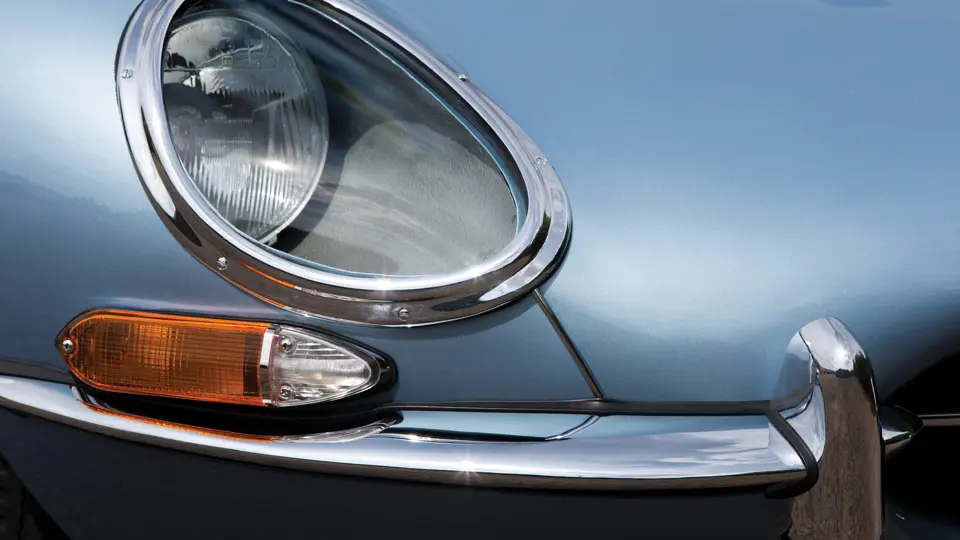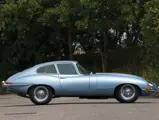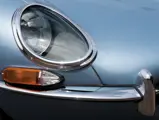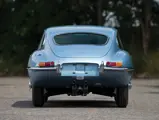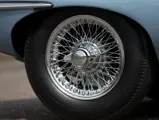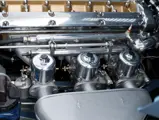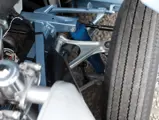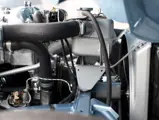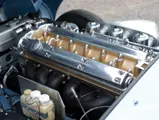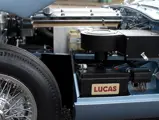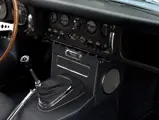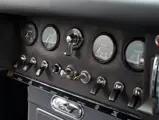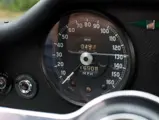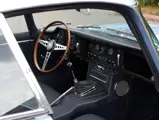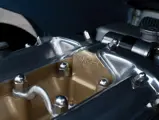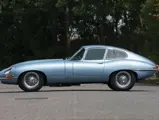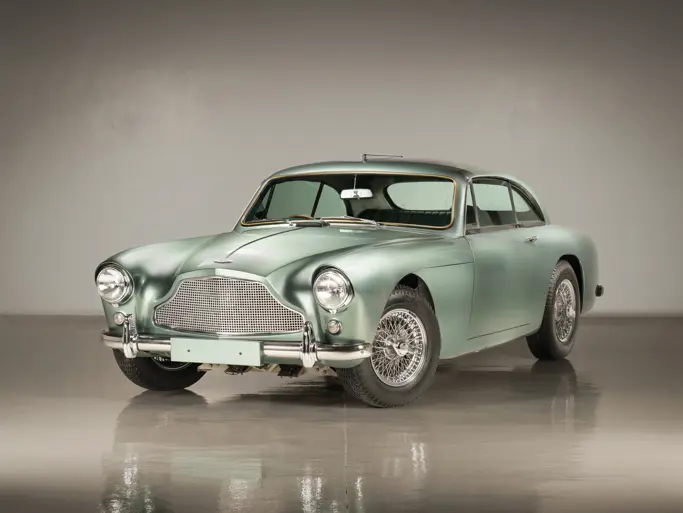265 bhp, 3,781 cc DOHC inline six-cylinder engine with triple SU carburettors, four-speed manual gearbox, torsion-bar independent front suspension, coil-spring independent rear suspension, and four-wheel hydraulic disc brakes. Wheelbase: 2,440 mm
Jaguar has always been a well-respected builder of sporting cars, with the most notable being the highly successful XK series and the pre-war SS Jaguars. But, everything changed in 1951. That was the year of the first of Jaguar’s victories at Le Mans, where the winning C-Type was soon followed by the even more competitive D-Type, which began to win in 1955. Over the space of about five years, the automaker transformed from a small British boutique to one of the most fearsome builders of serious race cars on the planet. Their problem was that their passenger cars weren’t a true reflection of their on-track prowess. How would one reconcile the stunningly aerodynamic C- and D-Types with the old-world charm and styling of the XK150?
Jaguar aerodynamicist Malcolm Sayer’s answer was to bring their racing and passenger car efforts together, and the result changed the sports car world forever. The drivetrain of the 1961 E-Type picked up where the XK150 left off, offering the triple-carburetted, 265-horsepower, 3.8-litre straight-six from the S-specification XK150 and the same four-speed Moss transmission. All new, however, was a fully independent suspension that proved so successful that Jaguar would use variants on the same architecture underneath every car they made through to the late 1980s.
The first-series Fixed Head Coupé offered here was originally finished in Cotswold Blue over blue trim with light blue piping. It was manufactured on 8 April 1964 and supplied new with the rare sun dim glass option. Six days later, it was dispatched and delivered through Jaguar Cars of New York, New York. Its first owner is listed as W. Bailey, also of the Big Apple. Whilst its interim history is unknown, it was acquired by the current owner from a gentleman in California, who is believed to have owned the E-Type for over 40 years. It is said that the car was used sparingly whilst in the U.S., and the 16,800 miles showing on the odometer are believed by the owner to be original.
The current consignor brought the matching-numbers E-Type to the UK with the intention of fully restoring it. Well-known Jaguar restorers at XK Engineering were entrusted to apply a full cosmetic restoration to the car. The body was taken down to bare metal and properly gapped prior to refinishing the car in an elegant silver blue metallic. Mechanically, the car was properly sorted and all parts were replaced where necessary. Additionally, the interior was completely re-trimmed in blue leather with light blue piping, much like it had been originally. Invoices for the work performed by XK Engineering are included in the car’s file. The car has only covered test mileage since its restoration was completed, and it remains fresh for its next enthusiast owner.
These early 3.8-litre examples are amongst the most desirable of the breed, as they represent the purest and most unadulterated E-Type with the sought-after styling of the first series. This rare Fixed Head Coupé is an exceptional example, as it retains its original engine and has been recently restored by marque specialists.
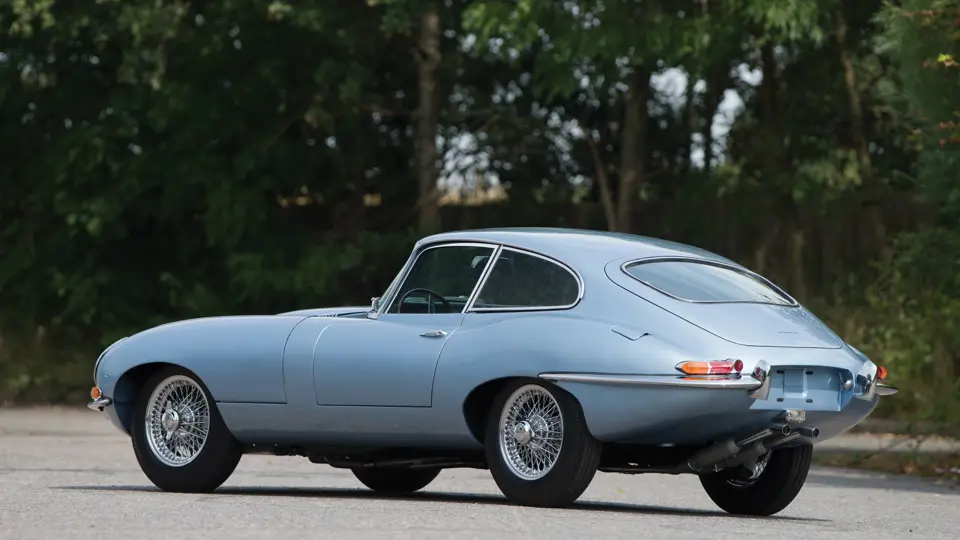




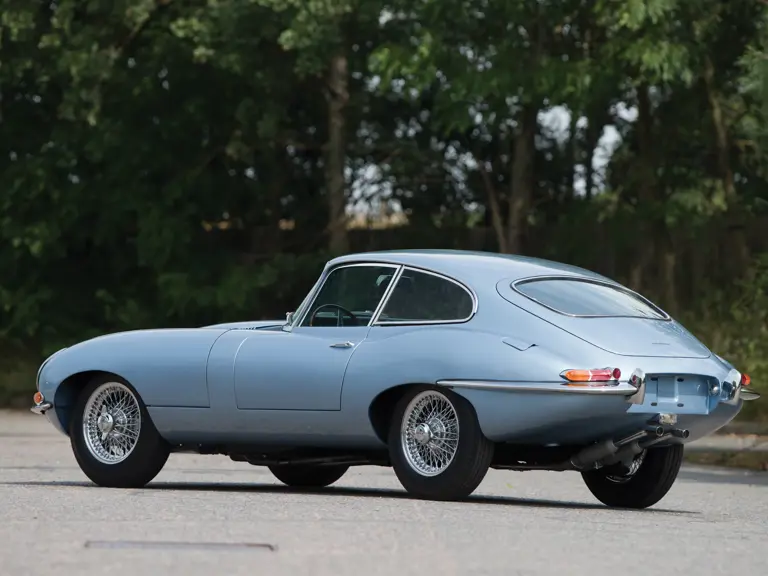
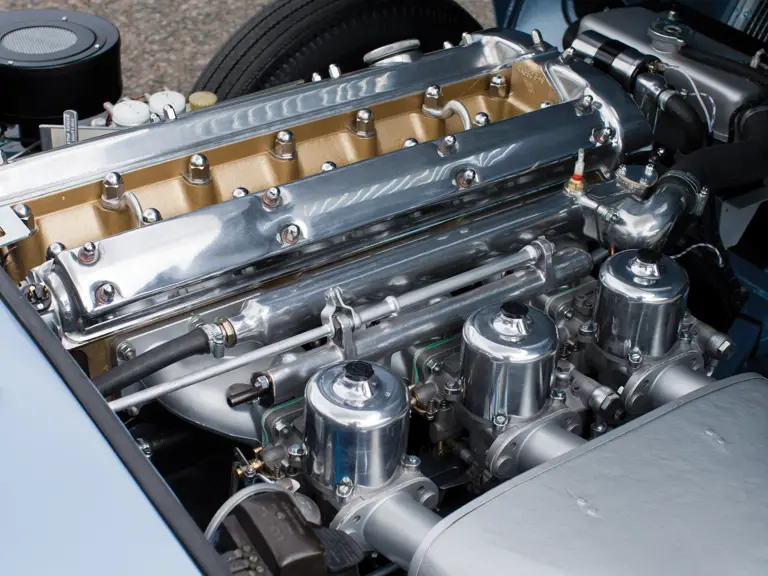
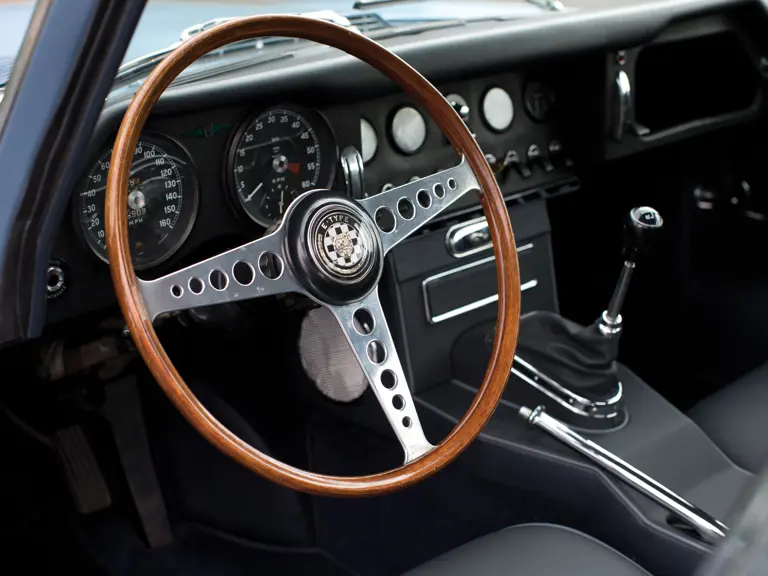
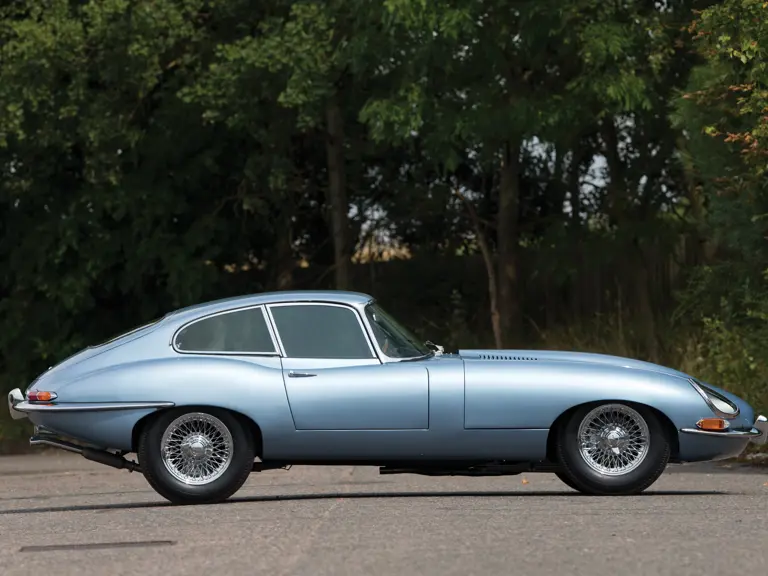
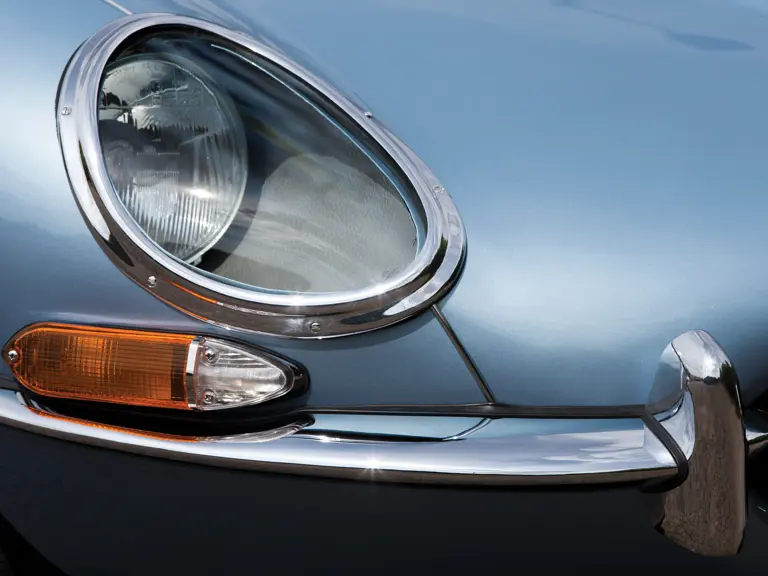
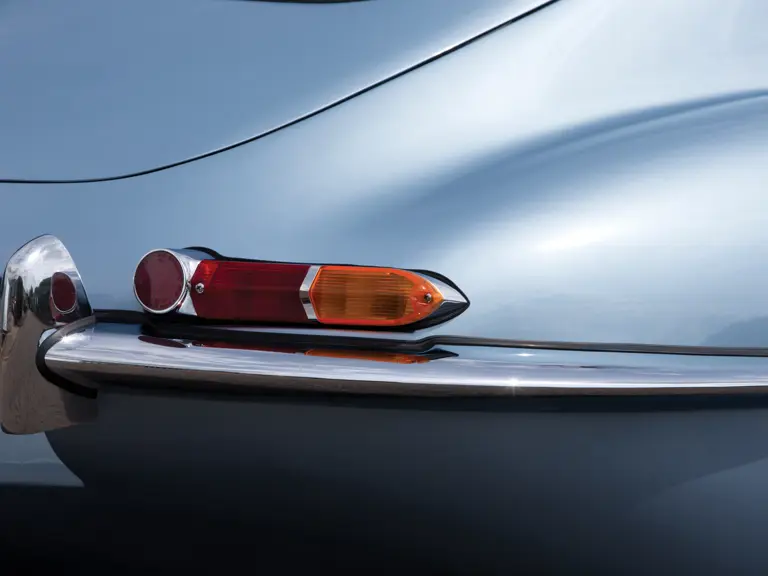
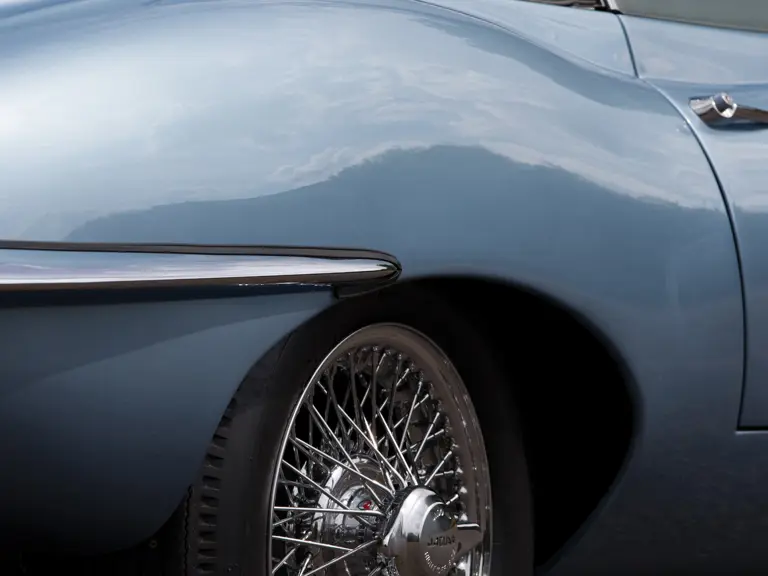



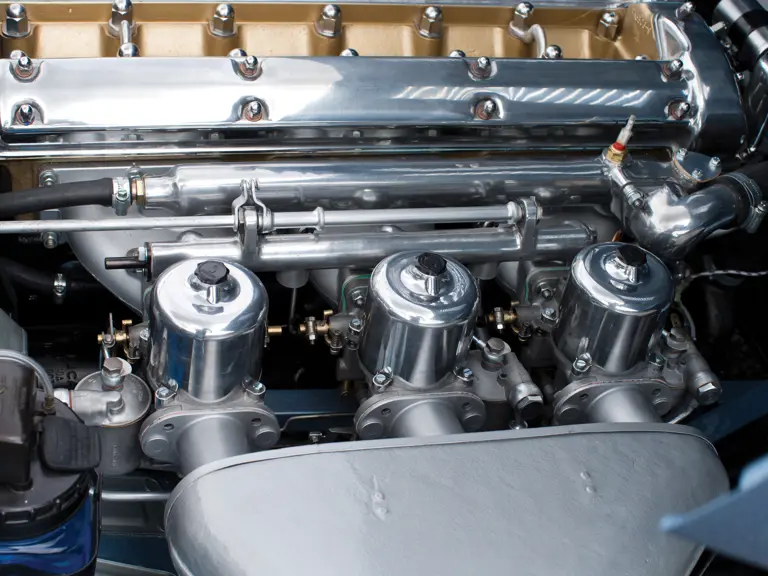
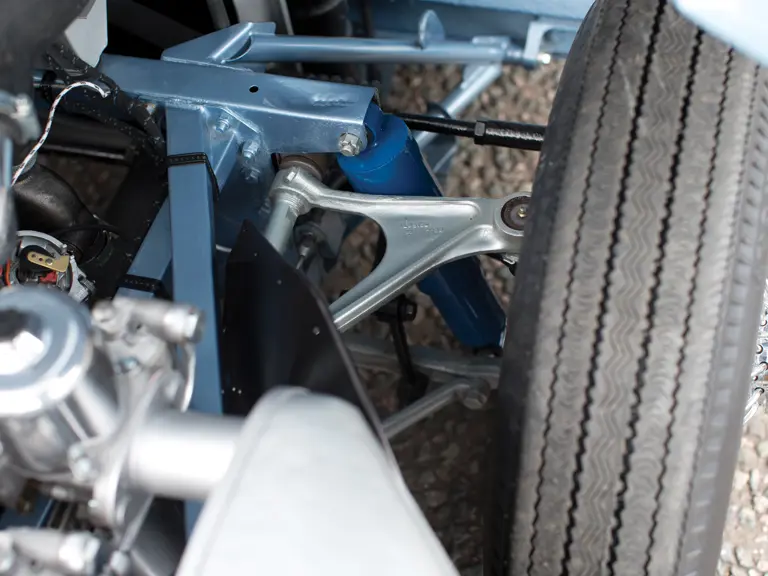
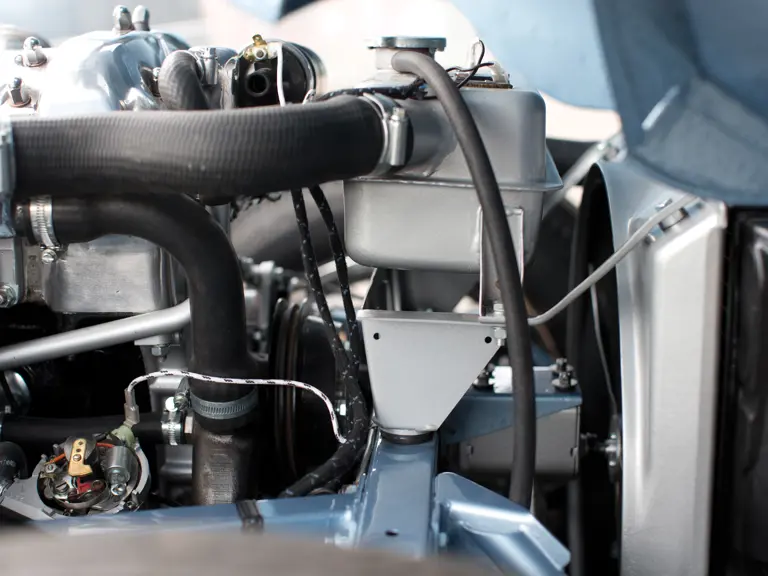
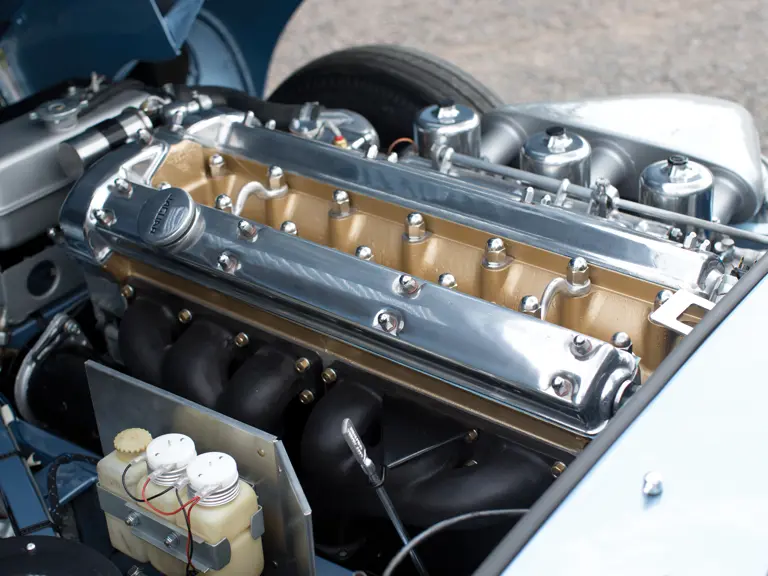
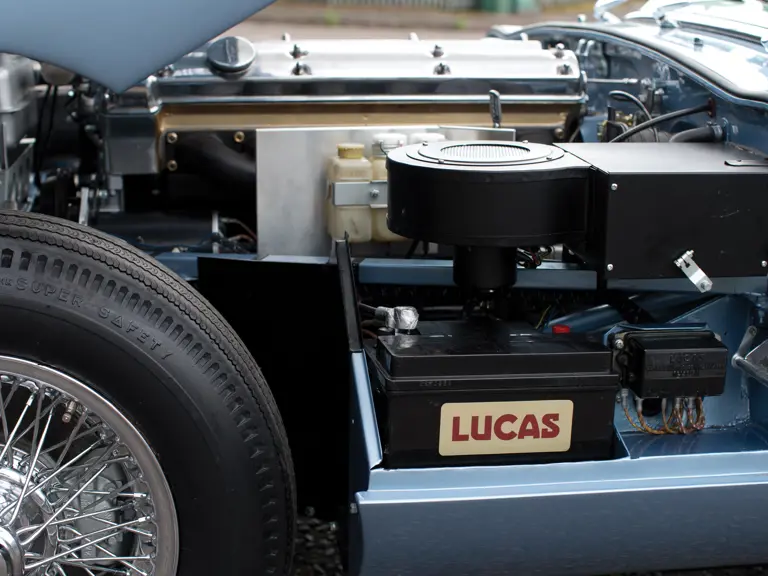
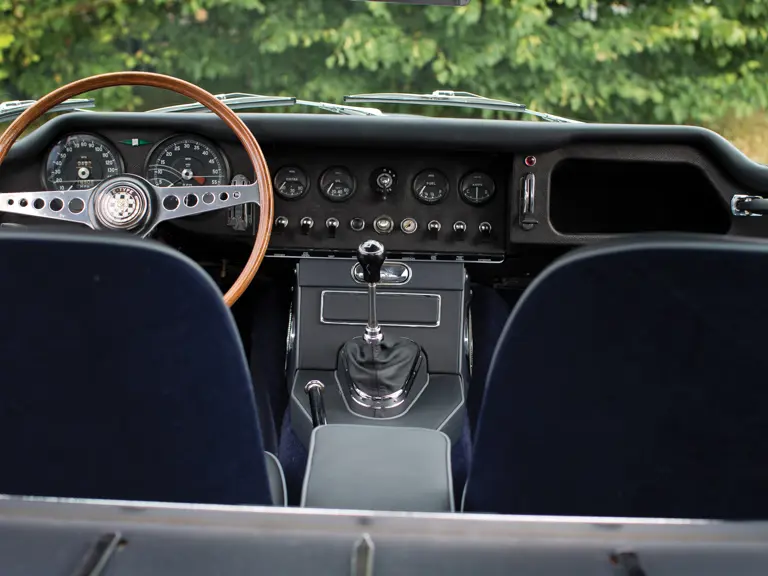
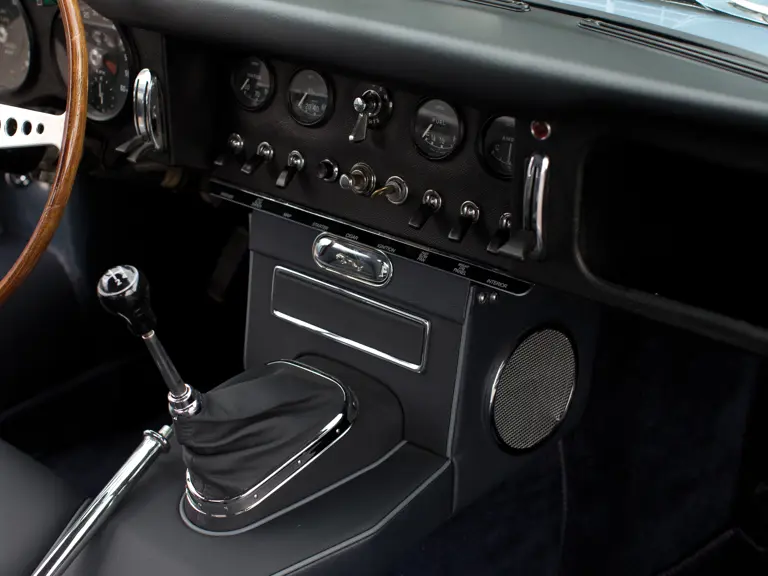
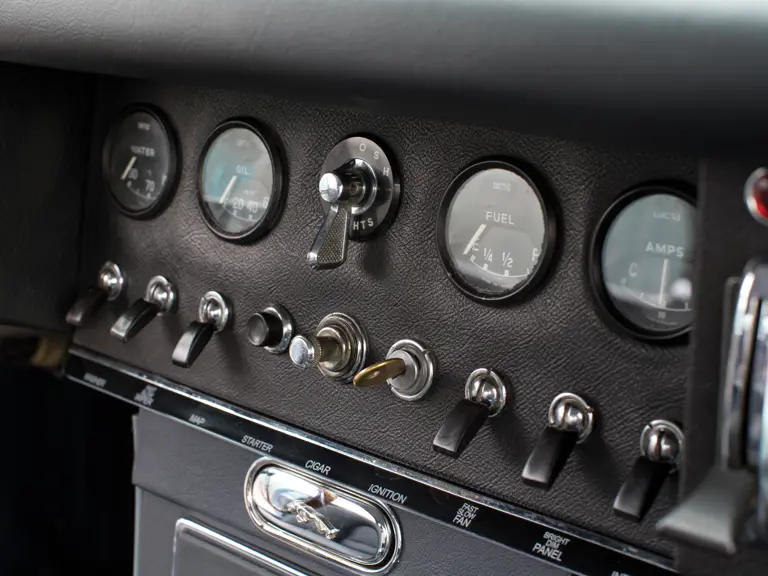

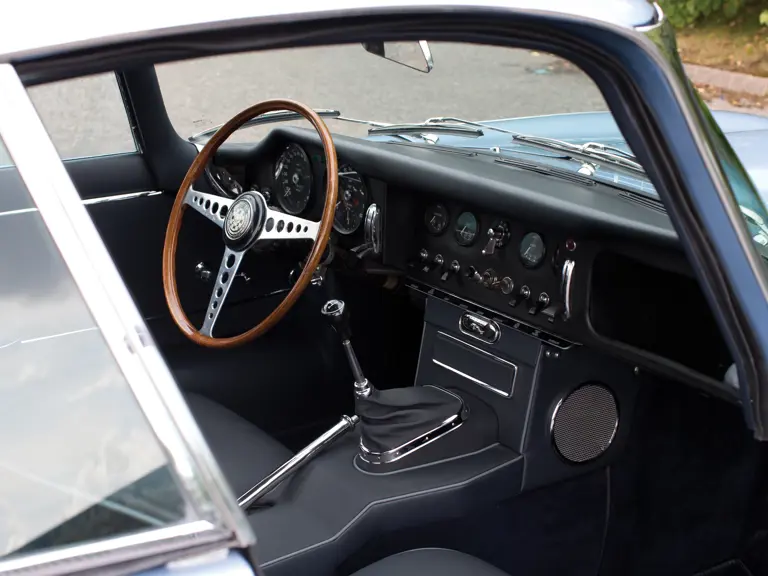
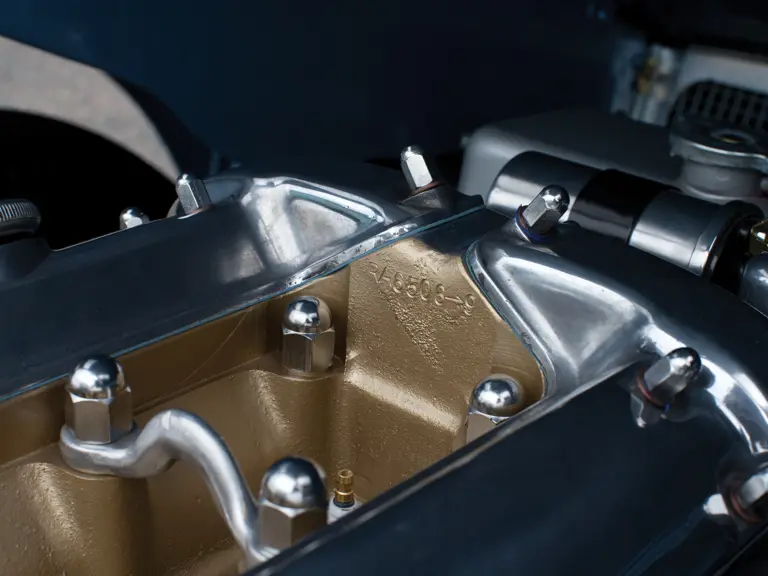
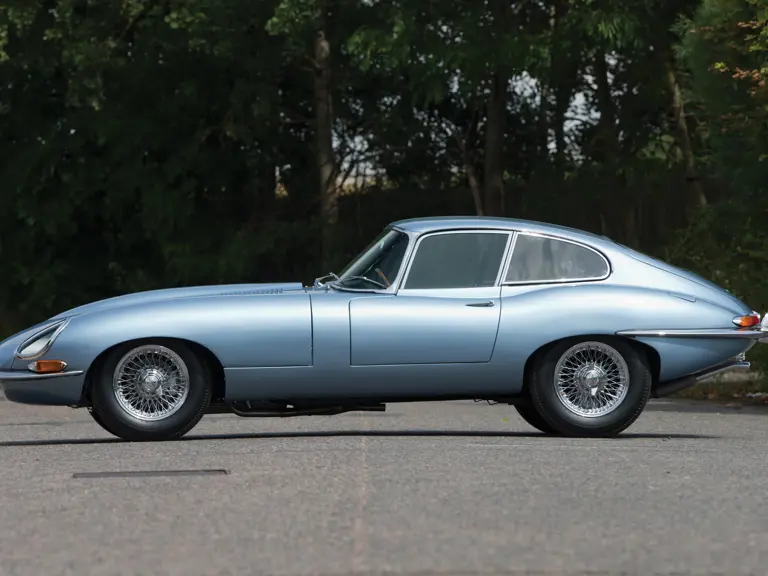
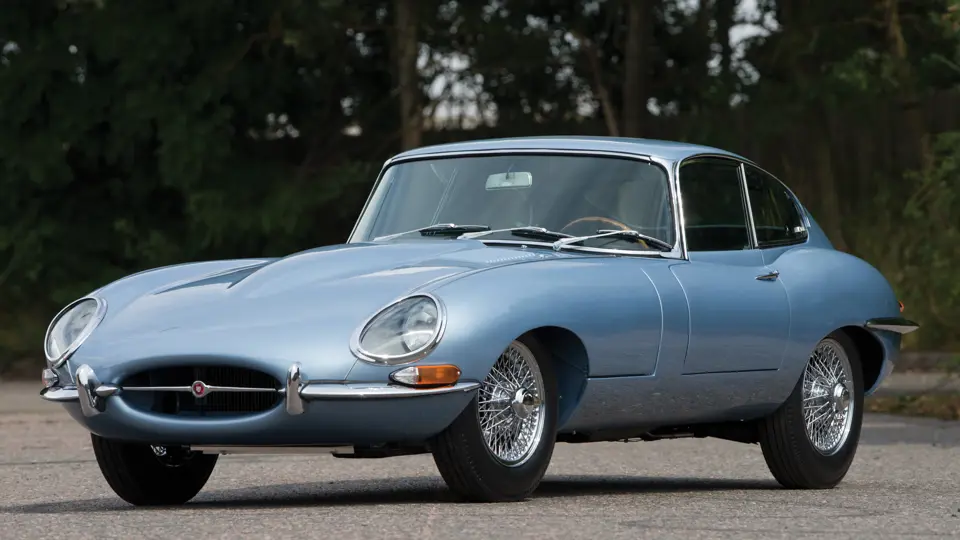
 | London, United Kingdom
| London, United Kingdom
